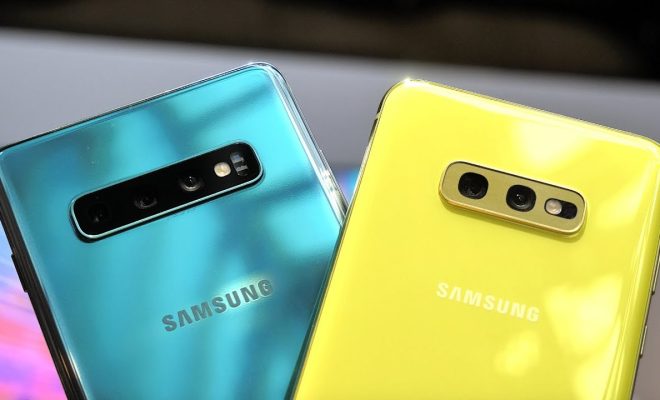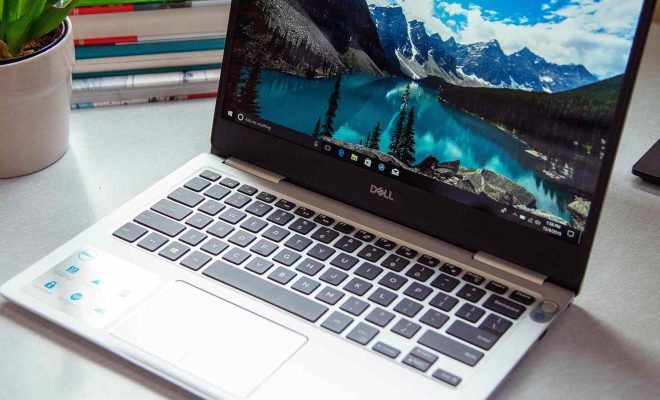What’s the Difference Between the Galaxy S10 and S10e?

Samsung’s Galaxy S10 and S10e are two of the latest premium smartphones to hit the market. Both devices come loaded with features, but there are some differences that set them apart from each other.
Design and Display
One of the most noticeable differences between the Galaxy S10 and S10e is their design. The S10e is noticeably smaller, measuring 142.2 x 69.9 x 7.9 mm compared to the S10’s 149.9 x 70.4 x 7.8 mm. In addition, the S10e is also lighter, weighing in at 150g compared to the S10’s 157g.
The S10e features a flat 5.8-inch Full HD+ AMOLED display, while the S10 comes with a larger 6.1-inch Quad HD+ AMOLED display, which is slightly curved at the edges. Both displays are top-notch, however, the S10’s screen is noticeably brighter and crisper than the S10e’s display.
Cameras
Both devices come with multiple cameras, but there are differences between the two. The S10e has a dual rear camera setup, consisting of a 12 MP wide-angle lens and a 16 MP ultra-wide lens, while the S10 has an additional 12 MP telephoto camera, making it a triple camera setup.
On the front, the S10e has a single 10 MP selfie camera, while the S10 has a 10 MP selfie camera and a second 8 MP depth-sensing camera.
Battery Life
The Galaxy S10e and S10 come with 3100mAh and 3400mAh batteries, respectively. Both devices support fast charging, however, only the S10 supports wireless reverse charging, which allows it to wirelessly charge other devices like headphones or smartwatches.
Price
Perhaps the most significant difference between the S10 and S10e is their price. The S10e is a more affordable option, starting at around $700 whereas the S10 starts at around $900. However, the difference in price also means differences in features and performance.
Overall, if you’re looking for a more affordable option with a smaller form factor, the Galaxy S10e is the one for you. However, if you’re looking for top-of-the-line features, including a larger and brighter display, more versatile cameras and wireless reverse charging, then the Galaxy S10 is the way to go.






